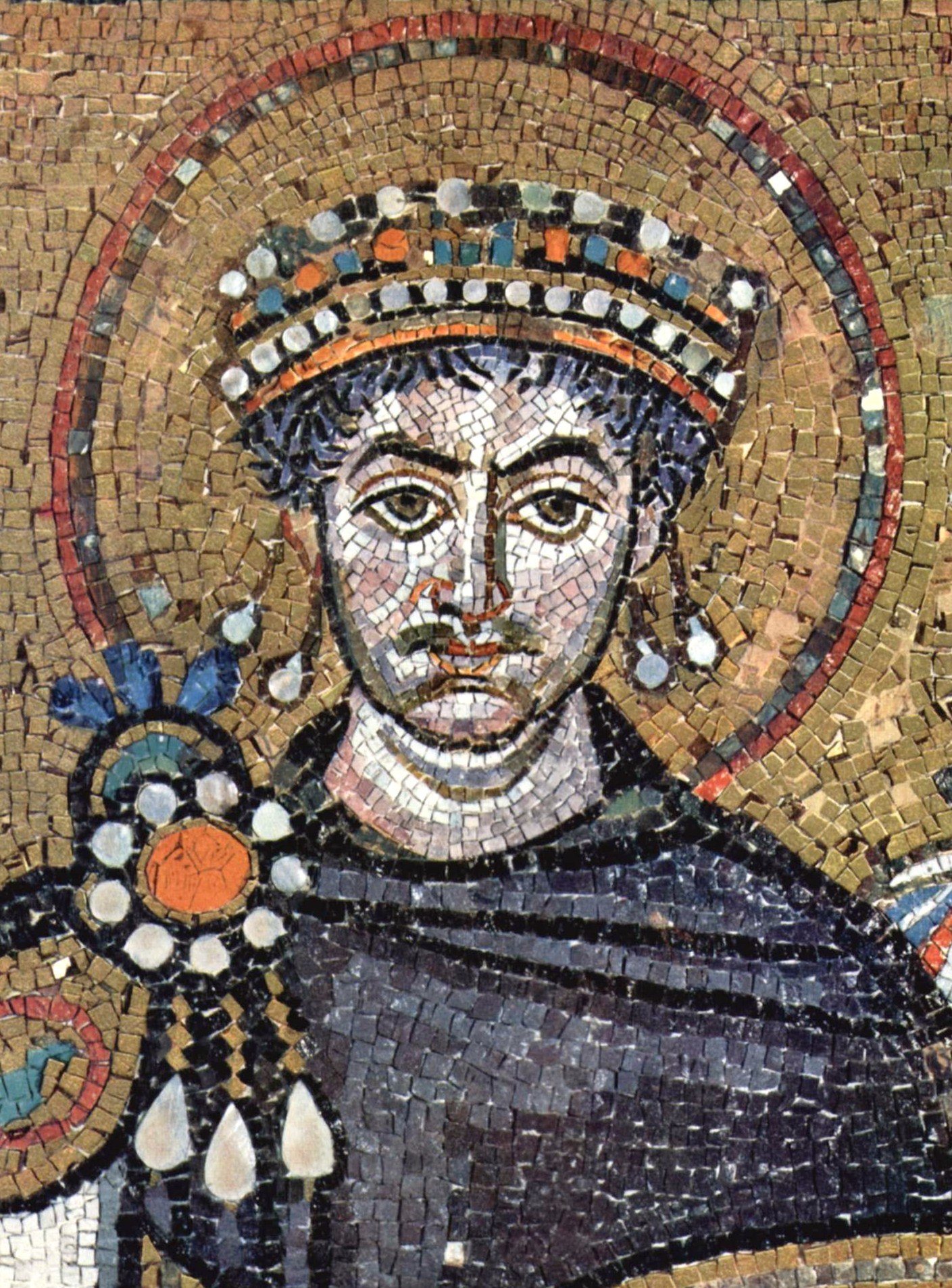|
Athenae (Pontus)
Athenae or Athenai () was a city and port of ancient Pontus, with a Greek temple of Athena. According to Arrian, it was 180 stadia east of the river Adienus, and 280 stadia west of Apsarus. Procopius writes that the name of the village came from a certain woman named Athenaea () in early times who ruled over the land and not because, as some believe, of colonists from Athens settled there. He also adds that the tomb of the woman was still there. Arrian speaks of the place as a deserted fort, but Procopius describes it as a populous place in his time. Konrad Mannert assumes it to be the same place as the Odeinius of the ''Periplus of Pseudo-Scylax''. Its site is located near the modern town of Pazar, in Turkey Turkey, officially the Republic of Türkiye, is a country mainly located in Anatolia in West Asia, with a relatively small part called East Thrace in Southeast Europe. It borders the Black Sea to the north; Georgia (country), Georgia, Armen .... References ... [...More Info...] [...Related Items...] OR: [Wikipedia] [Google] [Baidu] |
Ancient Pontus
Pontus or Pontos (; ,) is a region on the southern coast of the Black Sea, located in the modern-day eastern Black Sea region of Turkey. The name was applied to the coastal region and its mountainous hinterland (rising to the Pontic Alps in the east) by the Greeks who colonized the area in the Archaic Greece, Archaic period and derived from the Greek name of the Black Sea: (), 'Hospitable Sea', or simply ''Pontos'' () as early as the Aeschylus, Aeschylean ''The Persians, Persians'' (472 BC) and Herodotus' ''Histories (Herodotus), Histories'' (). Having originally no specific name, the region east of the river Halys River, Halys was spoken of as the country ''()'', , and hence it acquired the name of Pontus, which is first found in Xenophon's ''Anabasis (Xenophon), Anabasis'' (). The extent of the region varied through the ages but generally extended from the borders of Colchis (modern western Georgia (country), Georgia) until well into Paphlagonia in the west, with varying amo ... [...More Info...] [...Related Items...] OR: [Wikipedia] [Google] [Baidu] |
Konrad Mannert
Konrad Mannert (April 17, 1756 – September 27, 1834) was a Prussian historian and geographer. Mannert was born in Altdorf bei Nürnberg, where he did his studies. In 1784 he became a teacher at the Sebaldusschule in Nuremberg, and in 1788 at the Ägidiusgymnasium there. In 1796 he became professor of history at the University of Altdorf, in 1805 at the University of Würzburg, in 1807 at the Ludwig Maximilian University of Munich (then in Landshut), and from 1826 at the same university in its new location in Munich. He died in Munich in 1834. His historical work was known in particular for its focus on studying primary sources. Works * ''Kompendium der deutschen Reichsgeschichte'', Nuremberg, 1803 – Compendium of German Reich history. * ''Älteste Geschichte Bojariens'', Sulzbach, 1807 – Oldest Bojarian history. * ''Kaiser Ludwig IV.'', Landshut, 1812 – Emperor Louis IV * ''Geographie der Griechen und Römer'', Nuremberg, 1795–1825, 10 volumes – Geogra ... [...More Info...] [...Related Items...] OR: [Wikipedia] [Google] [Baidu] |
Former Populated Places In Turkey
A former is an object, such as a template, gauge or cutting die, which is used to form something such as a boat's hull. Typically, a former gives shape to a structure that may have complex curvature. A former may become an integral part of the finished structure, as in an aircraft fuselage, or it may be removable, being used in the construction process and then discarded or re-used. Aircraft formers Formers are used in the construction of aircraft fuselage, of which a typical fuselage has a series from the nose cone to the empennage, typically perpendicular to the longitudinal axis of the aircraft. The primary purpose of formers is to establish the shape of the fuselage and reduce the column length of stringers to prevent instability. Formers are typically attached to longerons, which support the skin of the aircraft. The "former-and-longeron" technique (also called stations and stringers) was adopted from boat construction, and was typical of light aircraft buil ... [...More Info...] [...Related Items...] OR: [Wikipedia] [Google] [Baidu] |
Populated Places In Ancient Pontus
Population is a set of humans or other organisms in a given region or area. Governments conduct a census to quantify the resident population size within a given jurisdiction. The term is also applied to non-human animals, microorganisms, and plants, and has specific uses within such fields as ecology and genetics. Etymology The word ''population'' is derived from the Late Latin ''populatio'' (a people, a multitude), which itself is derived from the Latin word ''populus'' (a people). Use of the term Social sciences In sociology and population geography, population refers to a group of human beings with some predefined feature in common, such as location, race, ethnicity, nationality, or religion. Ecology In ecology, a population is a group of organisms of the same species which inhabit the same geographical area and are capable of interbreeding. The area of a sexual population is the area where interbreeding is possible between any opposite-sex pair within the area ... [...More Info...] [...Related Items...] OR: [Wikipedia] [Google] [Baidu] |
Turkey
Turkey, officially the Republic of Türkiye, is a country mainly located in Anatolia in West Asia, with a relatively small part called East Thrace in Southeast Europe. It borders the Black Sea to the north; Georgia (country), Georgia, Armenia, Azerbaijan, and Iran to the east; Iraq, Syria, and the Mediterranean Sea to the south; and the Aegean Sea, Greece, and Bulgaria to the west. Turkey is home to over 85 million people; most are ethnic Turkish people, Turks, while ethnic Kurds in Turkey, Kurds are the Minorities in Turkey, largest ethnic minority. Officially Secularism in Turkey, a secular state, Turkey has Islam in Turkey, a Muslim-majority population. Ankara is Turkey's capital and second-largest city. Istanbul is its largest city and economic center. Other major cities include İzmir, Bursa, and Antalya. First inhabited by modern humans during the Late Paleolithic, present-day Turkey was home to List of ancient peoples of Anatolia, various ancient peoples. The Hattians ... [...More Info...] [...Related Items...] OR: [Wikipedia] [Google] [Baidu] |
Pazar, Rize
Pazar ( Laz and Georgian: ათინა, ''Atina''; ) is a town in Rize Province in the Black Sea region of Turkey, 37 km east of the city of Rize. It is the seat of Pazar District.İlçe Belediyesi Turkey Civil Administration Departments Inventory. Retrieved 30 January 2023. Its population is 17,946 (2021). The town contains many inhabitants of Laz and Georgian ancestries as well as other . The town consists of the quarters Gazi, [...More Info...] [...Related Items...] OR: [Wikipedia] [Google] [Baidu] |
Periplus Of Pseudo-Scylax
The ''Periplus of Pseudo-Scylax'' is an ancient Greek periplus (περίπλους ''períplous'', 'circumnavigation') describing the sea route around the Mediterranean and Black Sea. It probably dates from the mid-4th century BC, specifically the 330s, and was probably written at or near Athens. Its author is often included among the ranks of 'minor' Greek geographers. There is only one manuscript available, which postdates the original work by over 1500 years. The author's name is written Pseudo-Scylax or Pseudo-Skylax, often abbreviated as Ps.-Scylax or Ps.-Skylax. Author The only extant, medieval manuscript names the author as "Scylax"' (or "Skylax"), but scholars have proven that this attribution is to be treated as a so-called " pseudepigraphical appeal to authority": Herodotus mentions a Scylax of Caryanda, a Greek navigator who in the late sixth century BC explored the coast of the Indian Ocean on behalf of the Persians.Herodotus. ''Histories'', 4.44. Many details in t ... [...More Info...] [...Related Items...] OR: [Wikipedia] [Google] [Baidu] |
Athens
Athens ( ) is the Capital city, capital and List of cities and towns in Greece, largest city of Greece. A significant coastal urban area in the Mediterranean, Athens is also the capital of the Attica (region), Attica region and is the southernmost capital on the European mainland. With its urban area's population numbering over 3.6 million, it is the List of urban areas in the European Union, eighth-largest urban area in the European Union (EU). The Municipality of Athens (also City of Athens), which constitutes a small administrative unit of the entire urban area, had a population of 643,452 (2021) within its official limits, and a land area of . Athens is one of the List of oldest continuously inhabited cities, world's oldest cities, with its recorded history spanning over 3,400 years, and its earliest human presence beginning somewhere between the 11th and 7th millennia BCE. According to Greek mythology the city was named after Athena, the ancient Greek goddess of wisdom, ... [...More Info...] [...Related Items...] OR: [Wikipedia] [Google] [Baidu] |
Athena
Athena or Athene, often given the epithet Pallas, is an ancient Greek religion, ancient Greek goddess associated with wisdom, warfare, and handicraft who was later syncretism, syncretized with the Roman goddess Minerva. Athena was regarded as the patron and protectress of various cities across Greece, particularly the city of Athens, from which she most likely received her name. The Parthenon on the Acropolis of Athens is dedicated to her. Her major symbols include Owl of Athena, owls, olive trees, snakes, and the Gorgoneion. In art, she is generally depicted wearing a helmet and holding a spear. From her origin as an Aegean tutelary deity, palace goddess, Athena was closely associated with the city. She was known as ''Polias'' and ''Poliouchos'' (both derived from ''polis'', meaning "city-state"), and her temples were usually located atop the fortified acropolis in the central part of the city. The Parthenon on the Athenian Acropolis is dedicated to her, along with numero ... [...More Info...] [...Related Items...] OR: [Wikipedia] [Google] [Baidu] |
Procopius
Procopius of Caesarea (; ''Prokópios ho Kaisareús''; ; – 565) was a prominent Late antiquity, late antique Byzantine Greeks, Greek scholar and historian from Caesarea Maritima. Accompanying the Roman general Belisarius in Justinian I, Emperor Justinian's wars, Procopius became the principal Roman historian of the 6th century, writing the ''History of the Wars'', the ''Buildings'', and the ''Secret History''. Early life Apart from his own writings, the main source for Procopius's life is an entry in the ''Suda'',Suda pi.2479. See under 'Procopius' oSuda On Line a Byzantine Greek encyclopaedia written sometime after 975 which discusses his early life. He was a native of Caesarea Maritima, Caesarea in the Roman province, province of ''Palaestina Prima''. He would have received a conventional upper-class education in the Greek literature, Greek classics and rhetoric, perhaps at the famous Rhetorical School of Gaza, school at Gaza. He may have attended law school, possibly at La ... [...More Info...] [...Related Items...] OR: [Wikipedia] [Google] [Baidu] |
Periplus Of The Euxine Sea
The ''Periplus of the Euxine Sea'' (Koine Greek: Περίπλους τοῦ Εὐξείνου Πόντου, ', ) is a periplus or guidebook detailing the destinations visitors would encounter when traveling about the shore of the Black Sea (known to the Greeks as the Euxine, or Hospitable, Sea). It was written by Arrian of Nicomedia from AD 130–131. Background It is in the form of a letter, from Arrian to the Emperor Hadrian in Rome, who was particularly attached to geographical research and had visited in person a large portion of his extensive dominions. It contains an accurate topographical survey of the coasts of the Euxine (Black Sea), from Trapezus to Byzantium, and was written probably while Arrian held his office of legate of Cappadocia, a short time before war broke out against the Alani; and it was doubtless at the same time that he drew up his instructions for the march of the Roman army against the barbarians, which are found in a short but imperfect fragment an ... [...More Info...] [...Related Items...] OR: [Wikipedia] [Google] [Baidu] |





